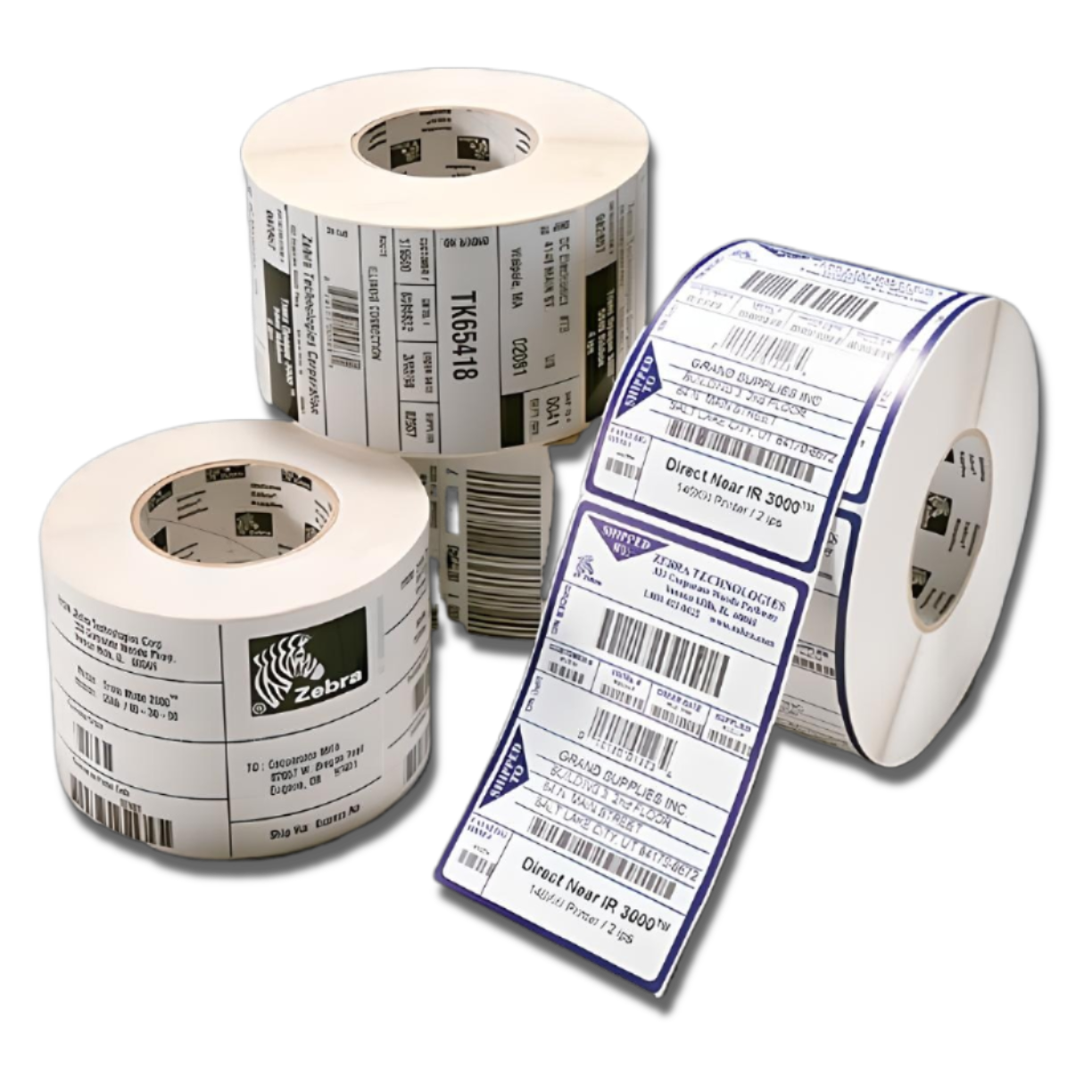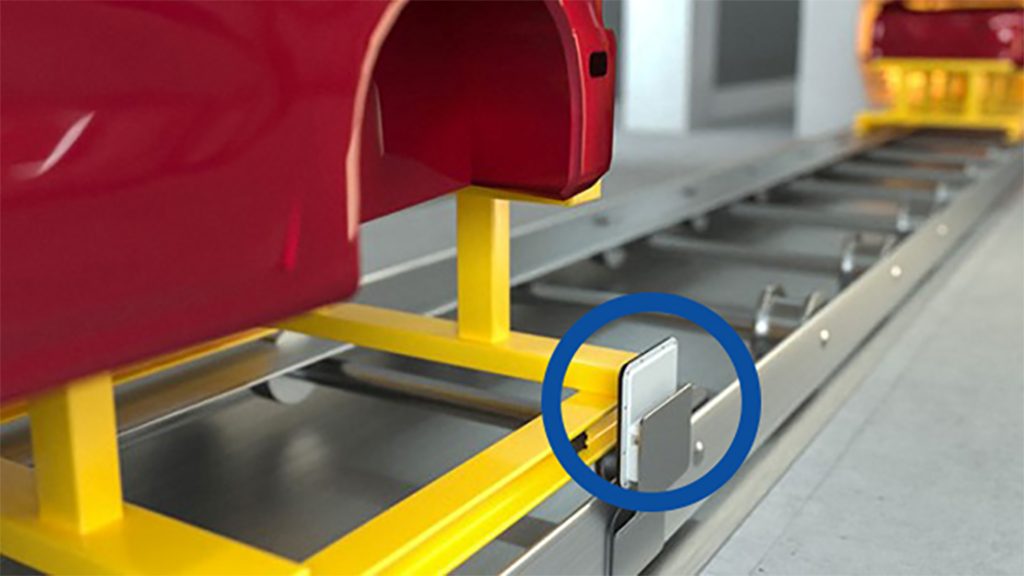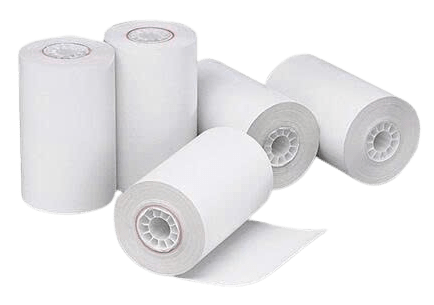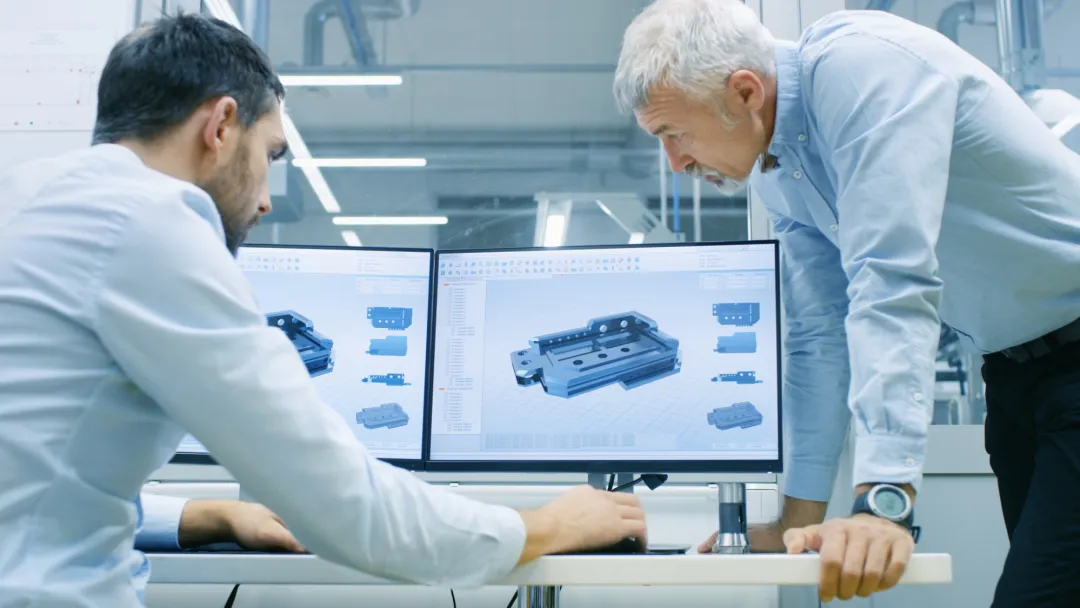
The application of RFID in manufacturing management is becoming increasingly useful and widespread in enterprises. However, when implementing this technology in a manufacturing environment, the key lies not in the tags, readers, or identification devices, but in the data that can be collected. The goal of applying RFID in manufacturing management is to help businesses collect data and utilize information, thereby enhancing their competitive advantage.
Companies often tend to extract better value and return on investment when their manufacturing processes are powered by data collected through RFID. Additionally, RFID facilitates manufacturers in effectively leveraging infrastructure through the automation of existing processes.
RFID can bridge the gap between Manufacturing Execution Systems (MES), Enterprise Resource Planning (ERP) systems, and the shop floor. This technology is capable of providing data with a level of accuracy, timeliness, and detail far superior to other alternative solutions.
Most businesses are aware of the benefits that Radio Frequency Identification (RFID) technology can bring to the supply chain, but they often overlook the opportunity to apply this technology in their manufacturing processes. Below are some examples of how RFID can address various challenges in manufacturing, from production execution, data visualization, asset management, to quality control and security.
RFID applications in manufacturing management
Production execution
RFID enables manufacturers to collect real-time data necessary during production execution and plays a crucial role in ensuring the compliance and readiness of labor, machinery, tools, materials, and components. The read-write capability of RFID can be used to control, adjust, and reconfigure production steps based on input materials and assembly lines.
Example: In automotive manufacturing, a company needs to assemble cars flexibly according to each vehicle's specific order (Make-To-Order & Engineer-To-Order). With various options for color, engine, trim, and tires, the company offers hundreds of models and designs for each car line. During production, each car body is mounted on a sliding conveyor. The company attaches RFID tags pre-programmed with specifications to the sliding conveyor carrying each car. As the car moves along this conveyor through each station, staff or robots can read the information on the tag and manage the steps according to the received data.
Additionally, when manufacturing each component (e.g., car seats), RFID tags are also attached to the seat frames to control production activities and the quantity of finished products.

Production data visualization
Monitoring the production process through data visualization collected from RFID and the entire manufacturing process enhances the effectiveness of RFID implementation. This significantly improves RFID operations in manufacturing management, as visualizing data on processing time and the progress of each activity helps identify and analyze issues (based on data) early on.
Example: When there is a discrepancy in processing time between activities, visualizing data on appropriate working time can help enhance balance in the production process. It can also strengthen the ability to respond when unexpected changes occur. This can be considered one of the main impacts of RFID implementation.
Furthermore, information collected from RFID is used for other systems (such as ERP or MES), serving resource monitoring and manufacturing management activities with higher accuracy and efficiency.
Goods and asset management
Manufacturers often pursue lean manufacturing and Just-In-Time (JIT) methods to reduce inventory levels. However, stockpiling inventory in production to handle unforeseen cases also plays an important role in improving visibility and tracking inventory in manufacturing operations.
Did you know? Efficient warehouse management with RFID technology can help manufacturers reduce inventory by 10–30%.
Goods and asset management allows businesses to enhance the efficiency of equipment usage and apply RFID in managing their manufacturing operations. Additionally, maintenance and repair management activities are becoming top priorities for manufacturers to maximize machinery utilization. With the integration of RFID into computer-based maintenance management systems (either standalone CMMS or integrated maintenance modules within MES), the collected and stored data meets the system's requirements for detail, accuracy, and timeliness. With RFID, various types of data can be identified, such as goods location, usage history, maintenance, cleaning and sterilization information, or even usage confirmation for specific lines or materials.

Quality management
Quality management is a goal that every business strives for, and RFID is considered a solution that meets this expectation. Radio Frequency Identification technology can address stringent demands in the manufacturing process: specific requirements for input materials, production regulations to comply with, or when substandard materials are detected on the production line. By attaching RFID tags to products, manufacturers can track the quality of their products from the initial to the final stages of the manufacturing process, while extracting required data at critical stages.
Moreover, data provided by RFID can meet real-time data requirements. This ensures the accuracy and reliability of information for statistical analysis and root cause analysis when poor-quality goods are detected. RFID tags are directly attached to all production stages, providing necessary data completely automatically, in real-time, and ensuring accuracy for the enterprise's product quality management process.
Specific Example: In pharmaceutical companies, this technology is applied to monitor and confirm processes. Previously, tracking and controlling products to detect errors in sterilization time or temperature were done manually. Therefore, the destruction of defective product batches could be delayed or erroneous. To address this issue, the company installed a conveyor system to automatically move racks. RFID tags were attached to each rack to monitor and confirm the quality of the sterilization process in real-time accurately and fully automatically.
Security
Radio Frequency Identification technology can be used to control various aspects of security in factories. RFID helps link users, machines, and tasks together to verify that only qualified individuals are allowed to maintain and operate equipment. It can also enable users to track which employees have performed which tasks, as a means to control quality and safety. Additionally, this technology supports operators with login and security-related issues.
Steps to implement RFID in manufacturing management
To effectively apply Radio Frequency Identification technology in manufacturing management, businesses need to build, design, and implement a systematic RFID process based on analyses of the organization's business requirements. At a basic level, this process includes eight steps:
- Define objectives: Establish specific goals that the business needs to achieve or issues to resolve when implementing RFID in manufacturing.
- Educate and raise awareness: Provide education and raise awareness among personnel directly involved in managing and implementing this system within the enterprise.
- Business analysis:
☑ Quantify and determine methods to measure Return on Investment (ROI) results.
☑ Develop a data management plan.
☑ Examine business rules, data storage, and collection to determine how to use this data to improve current manufacturing management processes.
☑ Ensure that the objectives and costs for establishing this system align with the company's overall operational plan and budget. - Prepare necessary technologies.
- Conduct testing.
- Analyze results and ROI.
- Deploy the system.
- Continuous analysis and improvement: Establish an ongoing process to monitor and adjust technology appropriately in the future.
RFID can be integrated into various supply chain tasks to simplify and automate processes.
If you need further assistance or have specific questions, feel free to ask!









